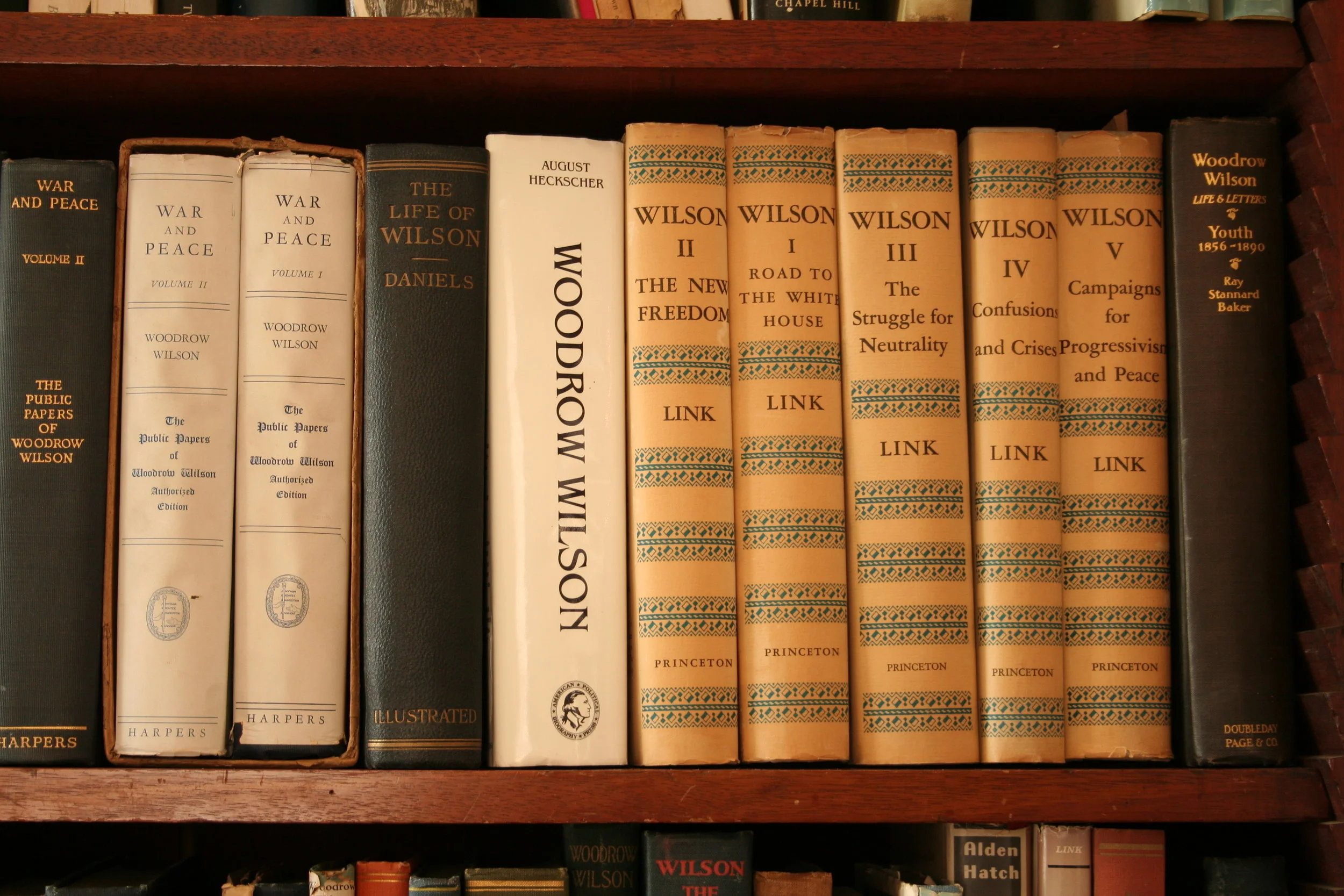Young Boys at War
/While rehousing some items from the Rare Book Collection, we came across several books from the years between 1915-1919, intended for young readers in the United States. These books basically tell rousing stories about children going off to witness and even take part in the fights of the Great War. Despite what you might expect, the authors do not sugar coat modern battle. For instance, the 1917 book, The Boy Volunteers on the Belgian Front describes two American boys who become involved in the fight against the Germans from the very beginning of the conflict.
Ambulances were at work, gather up the moving figures, as they writhed on the ground. Men were staggering about, some delirious, others trying to staunch wounds in their arms, legs or bodies, and more than once he saw one comrade, although wounded, trying to check the flow of blood, or bind up the wounds of another.
The next passage, however, shows how these books dismiss the horror of such events and their effects on combatants:
But the more he saw the less these things seemed to affect him. The orderly from headquarters beckoned to him, and placing a message in his hands Ralph was off to deliver the reply.
Later, a bursting shell injures Ralph and his cousin is briefly captured before walking back across to the Belgian side, where he tells an injured soldier, “We have had a wonderful time.” This was in the year that the United States joined the war, so the writer sought to portray the carnage that people had been hearing about as just good fun for anyone with a plucky American attitude.
Earlier books portray a similar American obliviousness to horror, but here, however, the characters are helped by not being engaged with the fight. Boy Scouts in the War Zone from 1915 comes from an ongoing series that follows the Wolf Patrol of New York City from the Boy Scouts of America while, “They had visited the trenches of both the French and German forces and had several times faced death.” Throughout this book the boys proclaim several times that they are a neutral party that can only sympathize with the suffering soldiers. After dodging deadly submarines, stealing a ship, and solving a mystery, the story ends in the triumphant call. “And now we’ll head for the little old USA and peaceful neutrality.”
By the time we get to Boy Scouts on the Western Front in 1919, being American is still seen as protection against the horrors of this world war, but after experiencing many months of direct conflict, the wealth, security, and ingenuity of the home country have become important in what helps Americans remain unaffected. German troops at the end of this story are desperate and starving, eager to surrender, while the young boy scouts just want to end their adventures by returning quickly to mother and home.
The views on the war had changed since the early years when many people in the United States had agreed with neutrality, and President Wilson had even made his ability to keep the country out of the war a major point of his re-election campaign in 1916. Still, American writers maintained throughout the attitude that their people were different in ways that protected them from the enormity of modern battle, and that young readers could find adventure in taking part in the conflict. These books came to us from local donations, and most of them show that young boys eagerly consumed the stories. One student at the Staunton Military Academy even shared his book around with other readers.
So, it would appear that some agreed that foreign war could be great fun, and maybe some went along with call issued in Navy Boys Chasing a Sea Raider. “We need more boys like you in the Navy. I hope many will be encouraged to join by the account of your adventures.”








